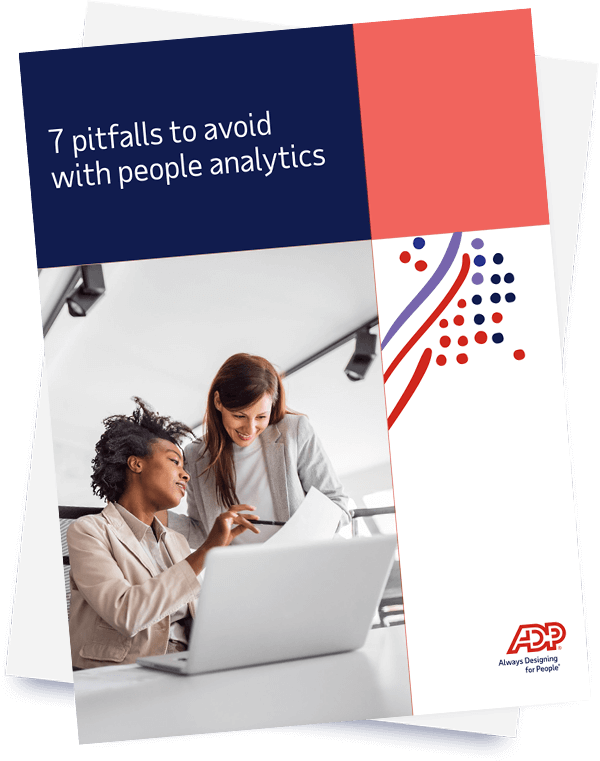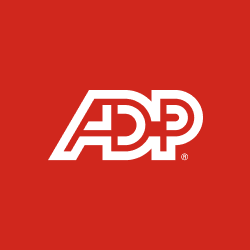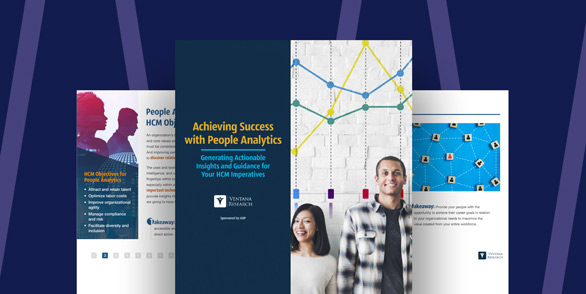People analytics can help you plan, implement and track initiatives for improving turnover, retention, labor expenses, diversity and so much more. Yet, only 36% of HR professionals agree or strongly agree that their people analytics platform delivers actionable insights1. If you find yourself in this group, it could be because you’re falling prey to analytics pitfalls. Here are seven of the most common missteps and how to avoid them:
- Scattered data
The explosion in people data promised you confident decision-making, but the reality turned out to be much more overwhelming than you expected. Now your data is in separate, siloed systems and you have no easy way to stitch it together.
What to do about
People data should be accessible from a centralized location to support comprehensive analyses. It may help to partner with an analytics provider that can integrate data from different systems and help you see the bigger picture. - Mismatched business objectives
When HR leaders don't collaborate closely with their colleagues, including the people on the ground and in senior leadership, they can't prioritize and align HR programs with urgent business objectives.
What to do about it
Talk to key business stakeholders or participate in events where strategies and budgets are planned. During these meetings, identify problems and discuss how analytics can help solve them. - Poor data quality
Your people data is inaccurate, incomplete, duplicative or outdated and, therefore, not ready for quality analyses. Anyone who uses these insights is making decisions based on bad information.
What to do about it
Convert incorrect data into a digestible readout and give it to stakeholders who can verify its accuracy. If there are numerous incomplete and erroneous records, it may be time to examine your data governance, auditing and cleansing procedures. - Lack of context
Even if you take full advantage of your internal data, you may not have the whole story. You lack the external context that tells you how your organization compares to its peers.
What to do about it
Avoid making sweeping conclusions or claims without first sharing data with the right leaders for context or comparing internal metrics against industry norms and trends. - Inadequate access
The status quo has created access restrictions and poor cross-team collaboration. As a result, key leaders and decision-makers don’t have a seamless flow of people insights to help them steer strategic improvements for your organization.
What to do about it
Talk to stakeholders about the data they need to manage their talent. Then, if you have the right people analytics solution, you can give them access only to the employee records, features or metrics that they require. - Superficial predictions
Your initiatives aren’t impactful because they’re based on guesses that lack nuance and depth. In other words, you’re dealing with descriptive, not predictive, analytics.
What to do about it
Don’t focus so much on forecasting that you lose sight of what the predictions tell you. Treat them not solely as predictions, but also as drivers of action. - No follow through
Your analytics are built on the wrong foundations, leaving you without any actionable data. Or, you have the right insights, but your key people can’t be convinced to act.
What to do about it
Set a recurring cadence with leadership to discuss data and review the progress of initiatives. Every analysis should end with the question: “What are we going to do about this?”
1HR.com, The State of HR Analytics, 2021



